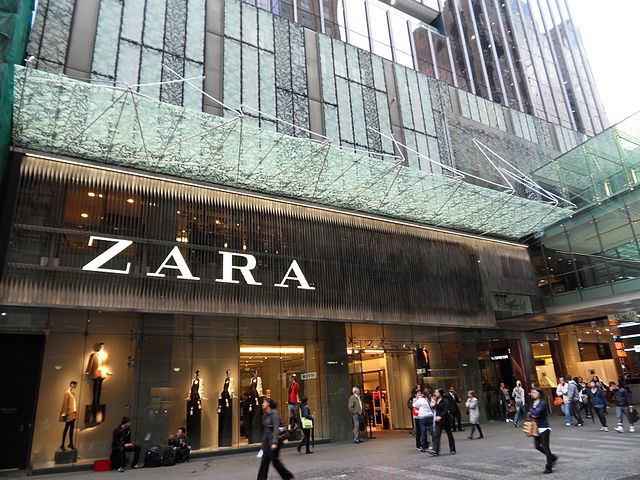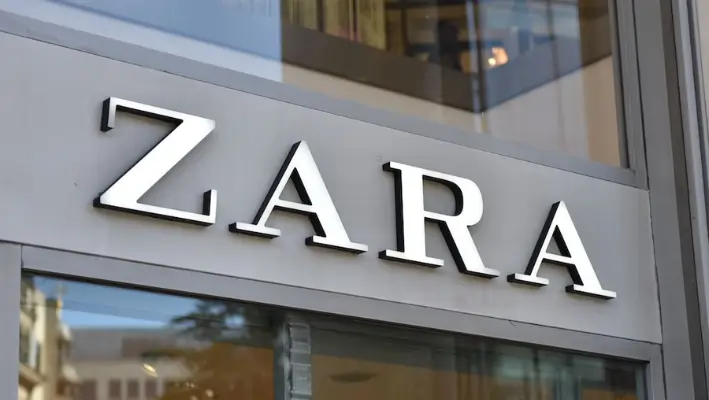Zara is considered one of the giant players in the production and supply chain management of the retail industry worldwide. A Spanish retail brand founded in 1974 could sustain and exceed customer expectations, treating them 'fairly with a global presence.

Strategy Analysis: According to Forbes List, Zara was ranked as the 53rd Most Valuable Brand in the world in May 2016. With a wide range of new products and flagship brands like Inditex Group, the clothing retailer has crossed the sale of $15.9 billion. At present, the company has around 2100+ stores across the globe. Still, the list continues to grow. The primary factor for Zara's growth is the competitive advantage of high-end technology. In the last few years, it proved fruitful in Australia and Taiwan especially. Online sales and profound experience in Supply Chain Management (SCM) make the brand successful in most countries. The company has ambitious business expansion plans for emerging marketplaces like India and China. Strategic planning is linked with business policies for better forecasting, budgeting, and investment plans.
Procurement and Outsourcing Strategies: Zara has revised its business models regarding supply chain management to tap new business opportunities. It is based on 'the fastest fashion.' The company has to rely on various partners, vendors, and suppliers for sophisticated fabric. In addition, the wages in European countries compelled them to minimize the profit margins consistently. Hence, it is mandatory to focus on developing countries with high populations. India would be a great place where low wages and massive sales potential are available. Outsourcing some of the activities will make Zara financially strong for long-term investments and sustainable and secure growth in the future.
Value Chain Analysis: Around 450 million clothing items are produced by Zara yearly. Diversification and vertically integrated models enable the company to design, manufacture, distribute, and retail the stores within only two weeks from the days it appears on the catwalks. This is why New York Times admired Zara as "mind-spinning supersonic." In other words, variety, affordability, flexibility, and uniqueness are salient features of Zara's business. It ensures one-to-one relationships with loyal customers.
Inventory Management: 'Just-in-Time Production' and 'fastest fashion first' are significant company initiatives. It has increased the market share in the United States by more than 60% of the total sales. Online shopping is the first preference of customers these days. Inventory control and optimization, automated demand forecasting, stock history, etc., ensure transparency and accuracy. Prof. Felipe Caro (University of California) stated that centralization is the key to their success leading to an effective decision-making process with excellent coordination as an end-to-end process. 'Lean production' is used in each product and process development cycle.
The Solid Base of Distribution Channels: Any company is successful only when they can work together and create a synergetic effect through coordination with multi-level departments and processes. The sales targets are directly affected by distribution, either positively or negatively. Zara has a solid network of distribution channels to cater to customers' needs. It is highly commendable that Zara converts a concept into a product within 15 days compared to the standard industry average of six months. Such is a vast difference in 'speed.' It gives a customized touch to Zara customers.
Organizational Discipline has been synonymously used for Zara for a long. Consistency in quality standards is always a concern for its competitors. For example, an average customer of Zara visits the company store 17 times (approx.) per annum against three times its competitors. The customer retention rate is high due to the new and unique variety available on every visit. They are assured that they will get something new every time.
Competency mapping and capacity building through in-depth staff training initiatives made Zara stand out. Hottest market trends, first and fast fashion, diversified and integrated supply chain models, inventory optimization, solid distribution web, customer database management, and value chain have brought glory to Zara. However, the company needs to redefine its strategies to manage the competitors and meet the never-ending customer expectations of new generations too. Outsourcing, the use of e-commerce, and online sales will ensure sustainable growth in the long term.
If you have any assignments dealing with case studies, Essaycorp will help you to prepare them.




